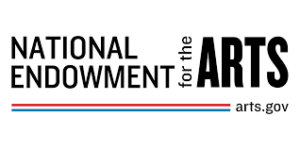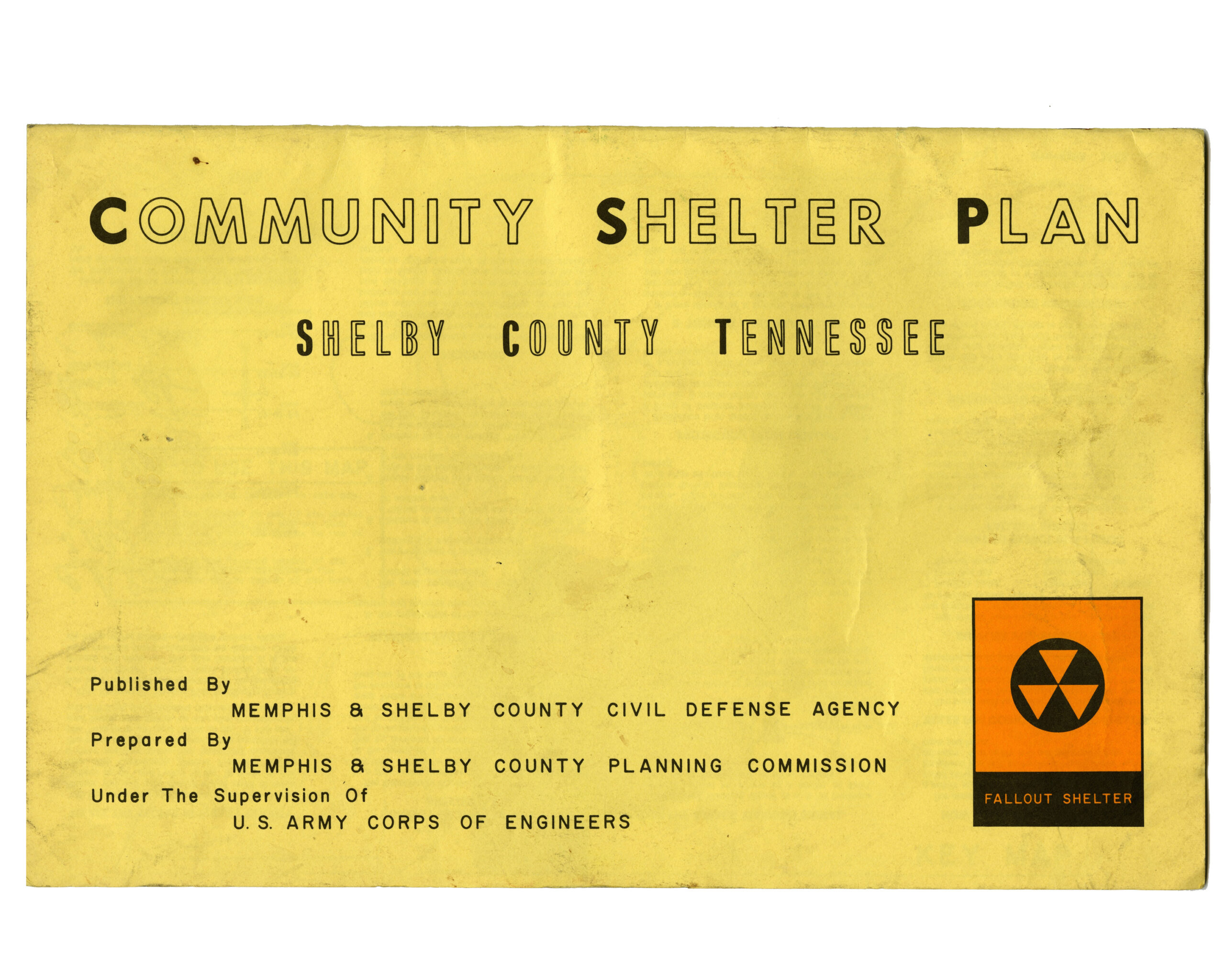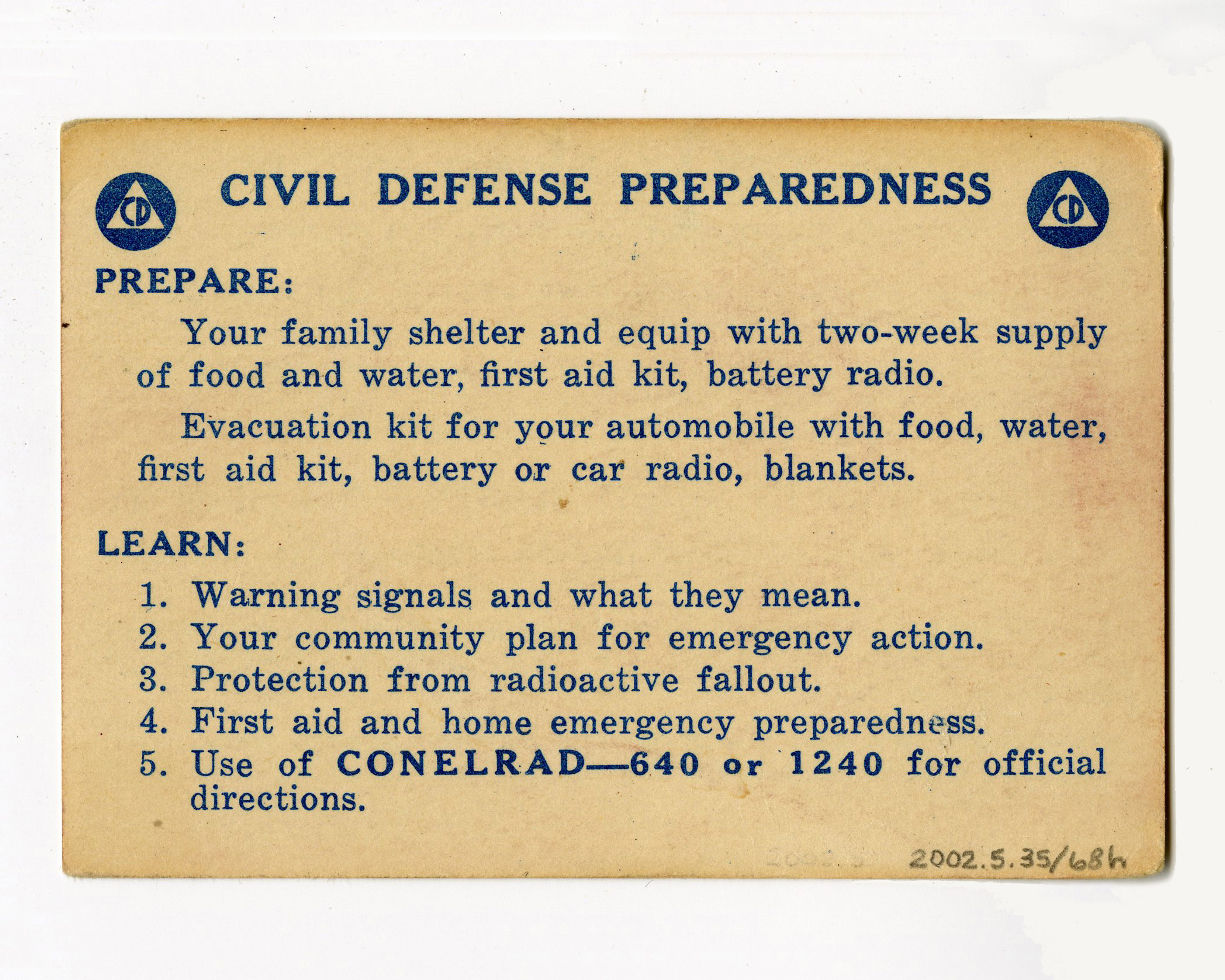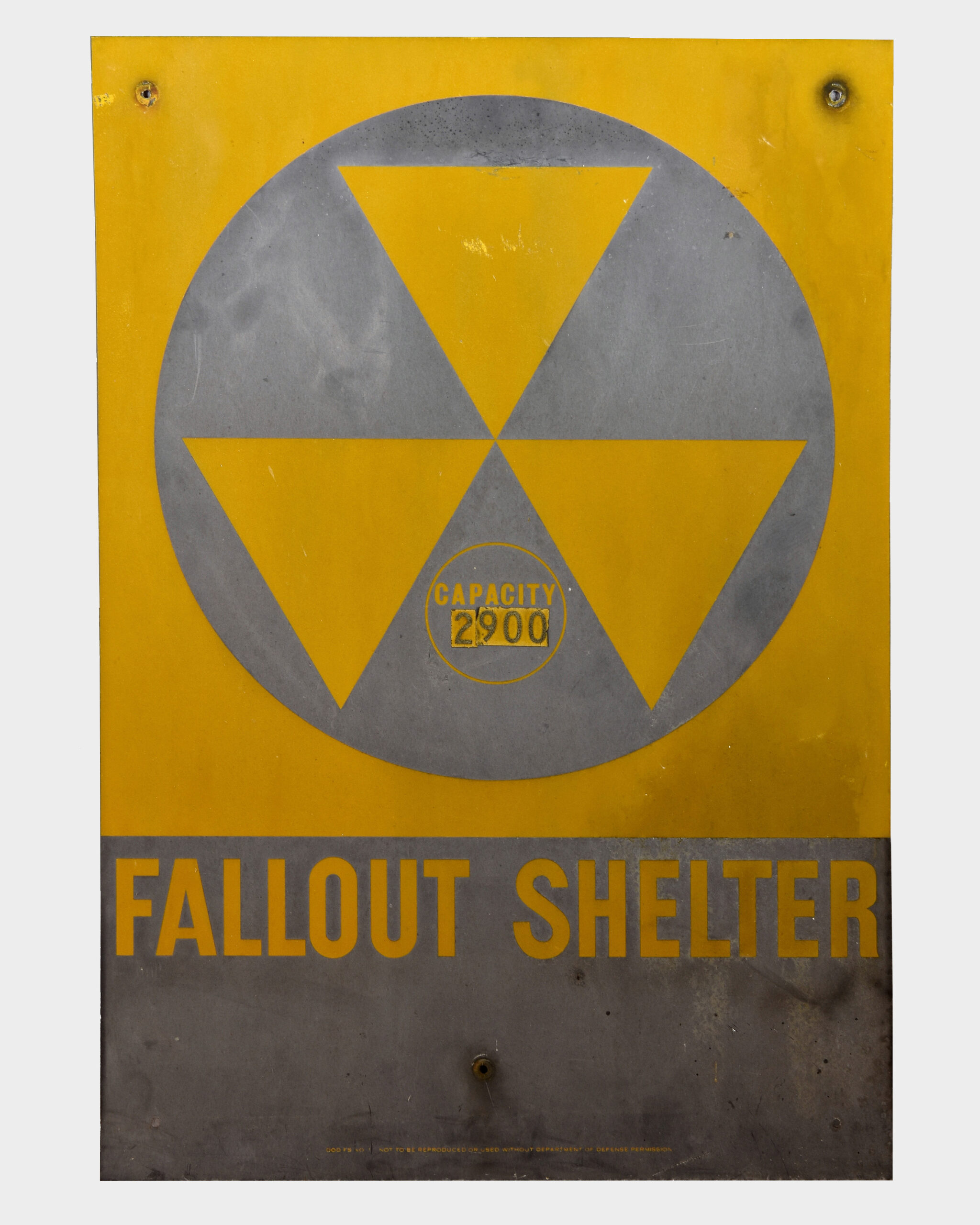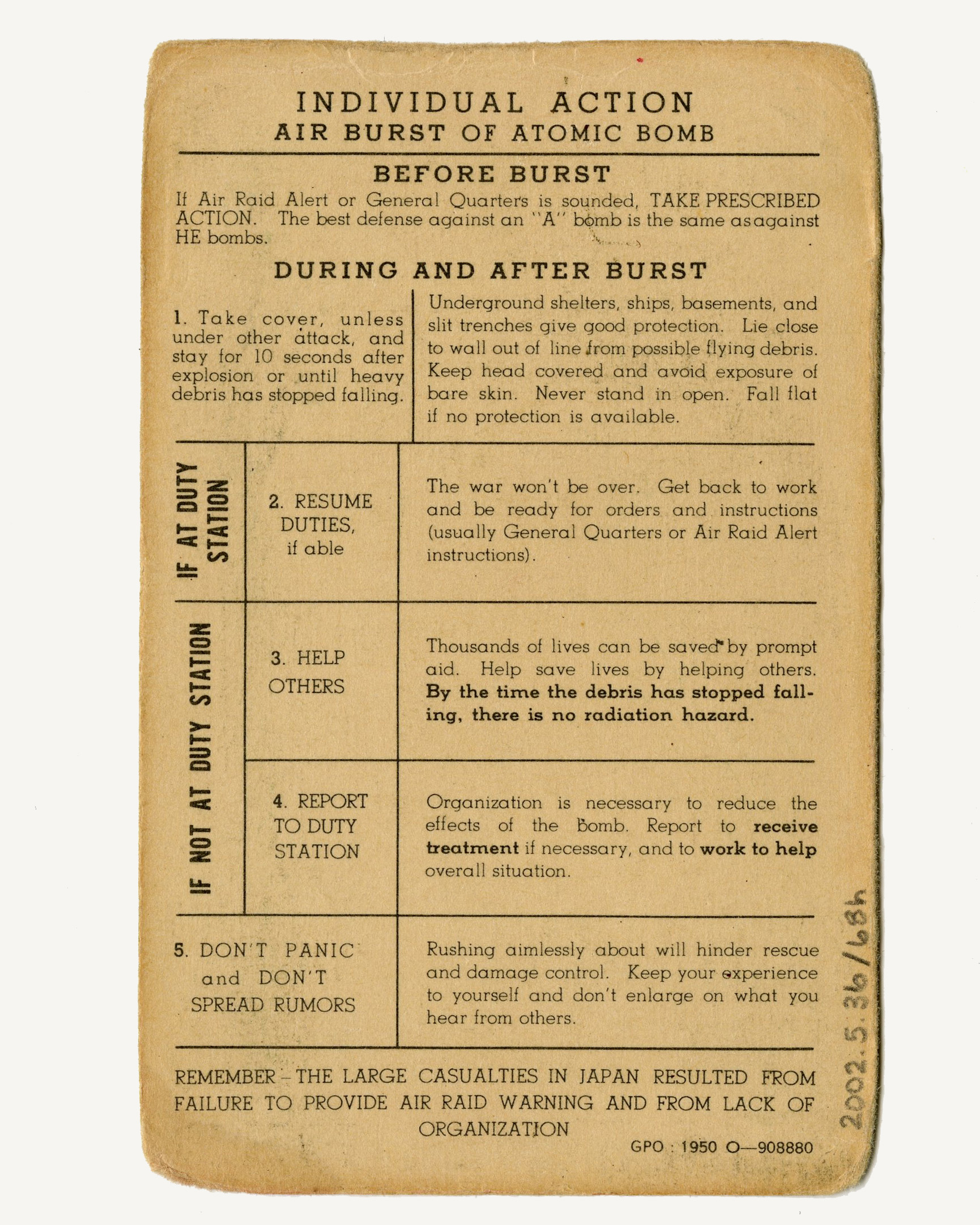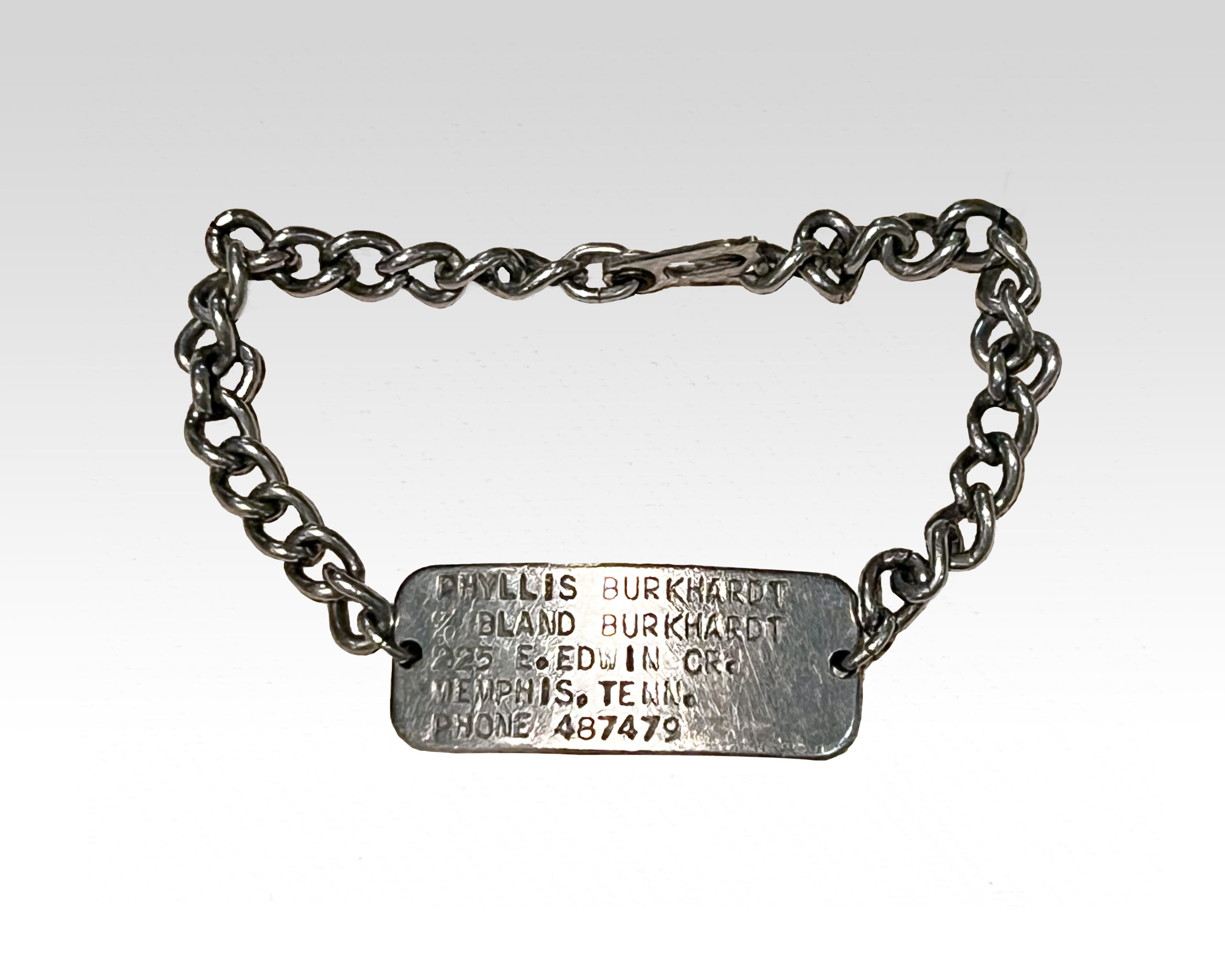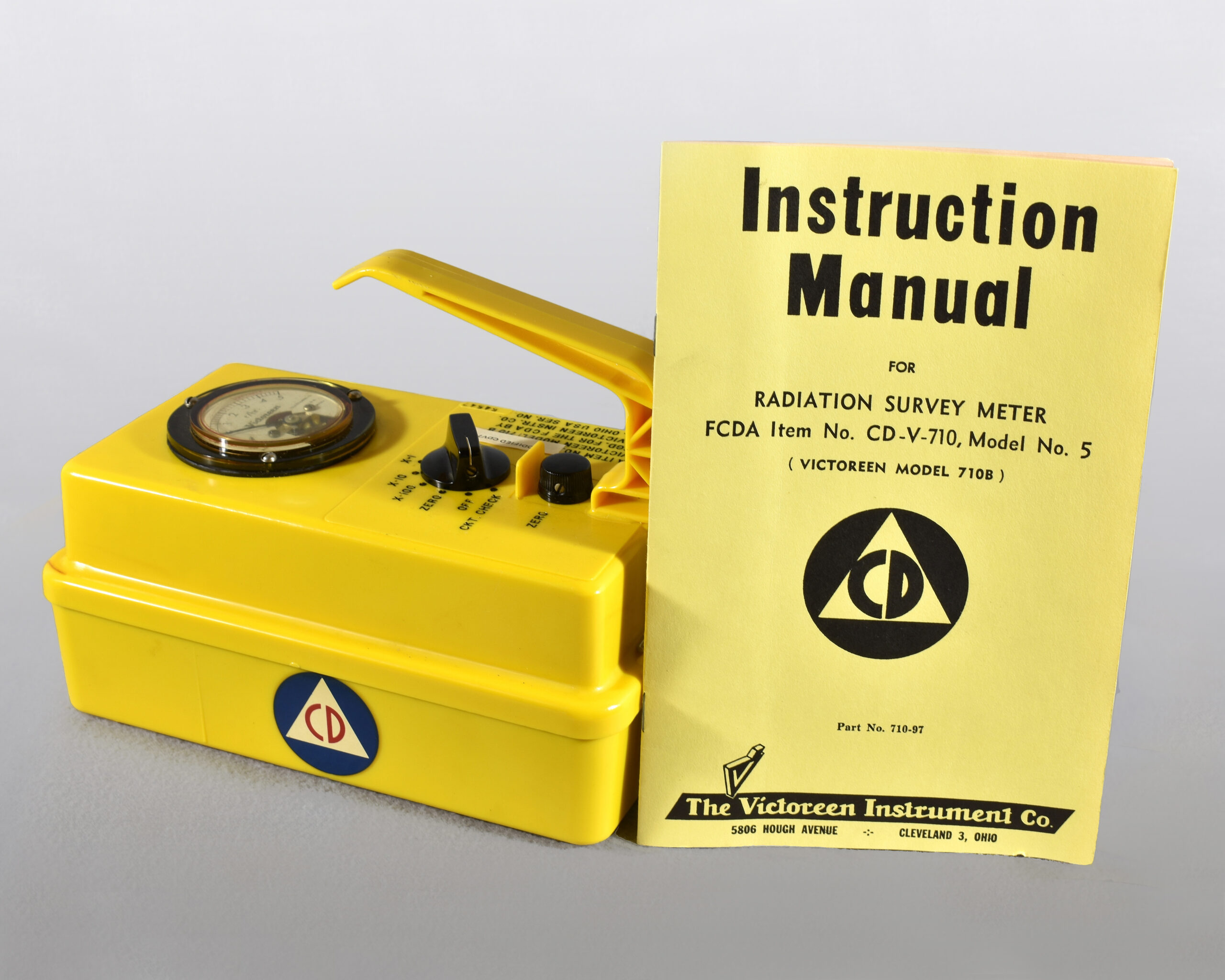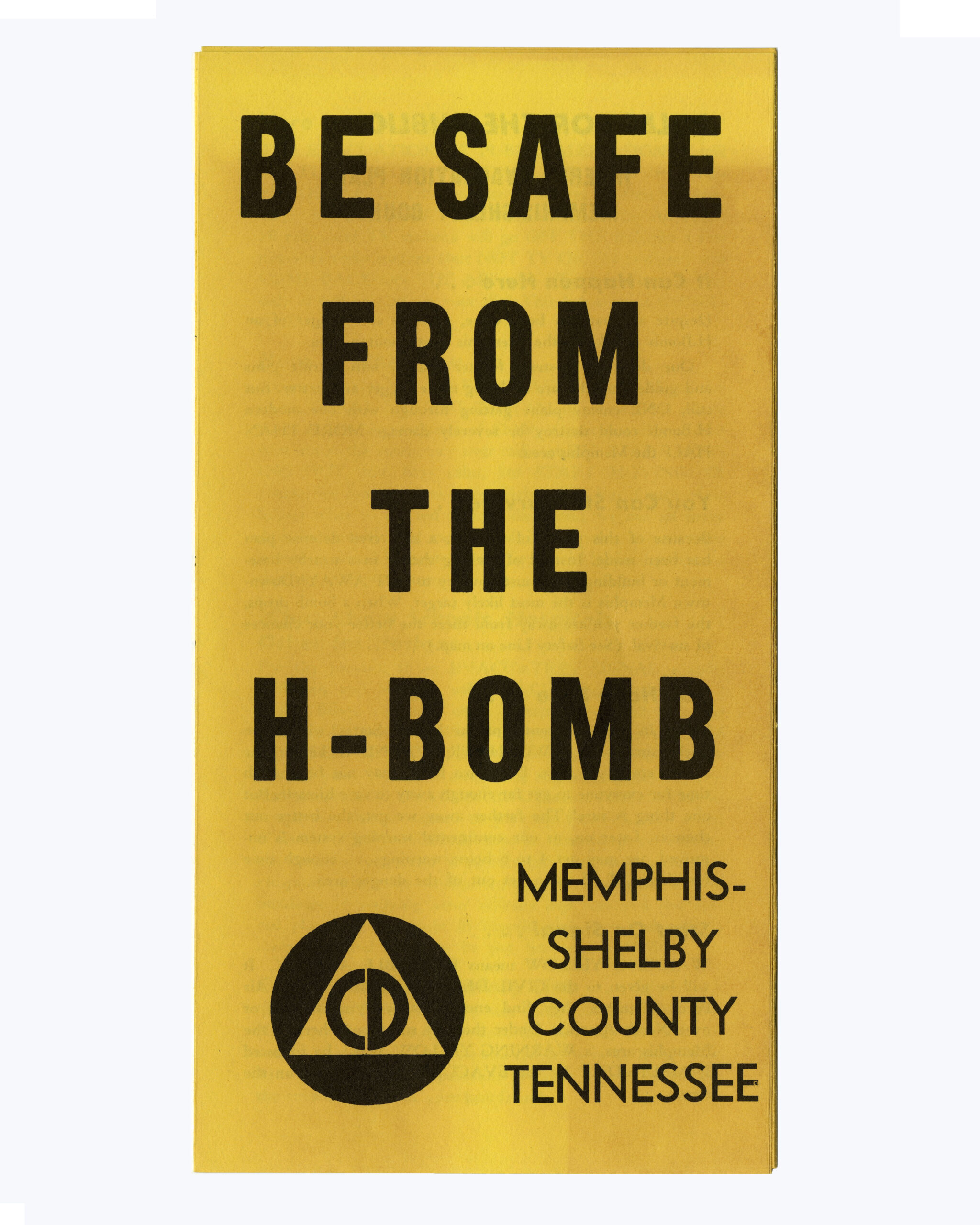Open Now Thru May 24
Two Minutes to Midnight and the Architecture of Armageddon – In 2018 the Doomsday Clock was set to two minutes to midnight, the closest it has ever been to striking midnight since the height of the Cold War in 1953 when both the United States and the Soviet Union tested thermonuclear weapons for the first time within ten months of each other. Today, while the Cold War’s lessons and fears have largely faded from our collective memory, it is critical to view a decidedly uncertain present.
What is the Doomsday Clock?
Founded in 1945 by Albert Einstein and University of Chicago scientists who helped develop the first atomic weapons in the Manhattan Project, the Bulletin of the Atomic Scientists created the Doomsday Clock two years later, using the imagery of apocalypse (midnight) and the contemporary idiom of nuclear explosion (countdown to zero) to convey threats to humanity and the planet. The Doomsday Clock is set every year by the Science & Security Bulletin of The Atomic Scientists’ Board in consultation with its Board of Sponsors, which includes 10 Nobel laureates. The Clock has become a universally recognized indicator of the world’s vulnerability to global catastrophe caused by manmade technologies. – Science & Security Bulletin of The Atomic Scientists
Through two photographic essays, photographers Jeanine Michna-Bales and Adam Reynolds offer a calculated look at the “Architecture of Armageddon,” both the offensive and defensive implications of nuclear war. These quiet architectural spaces, devoid of people, allow viewers to come face to face with present nuclear realities while also offering a look into the collective psyche of the American people during the Cold War.
Reynolds’s project, No Lone Zone, documents the offensive side of the Cold War through nuclear missile silos in the United States. It provides a contemplated look at the nuts and bolts of Mutually Assured Destruction, the MAD logic behind nuclear deterrence.
Michna-Bales’s project, Fallout, delivers typological documentation of the defensive side through various shelters and propaganda across the United States, both private and public. These fallout shelters, endorsed through Civil Defense programs, in reality offered little more than a government sponsored placebo to the American people, convincing them that something tangible was being done in the event of a nuclear holocaust.
This exhibition is aimed to spark curiosity, and encourage discourse among audiences of all backgrounds as the works seek out places that are often hidden in plain sight.
CLICK HERE FOR TICKETS
Choose “Museum Exhibits” ticket for the day you’d like to visit.
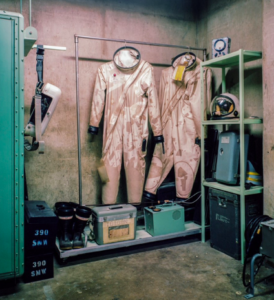
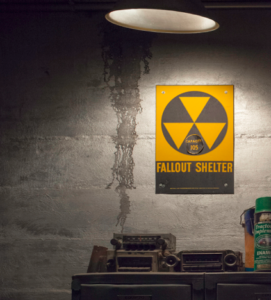
From the MoSH Collection
MoSH Collection: In addition to the photographs displayed in this exhibition, Cold War related objects from the museum’s permanent collection are also on view. Learn more about these and other Civil Defense artifacts that were distributed in Memphis as the city dealt with the threat of nuclear attack. Click on any of the images below.

